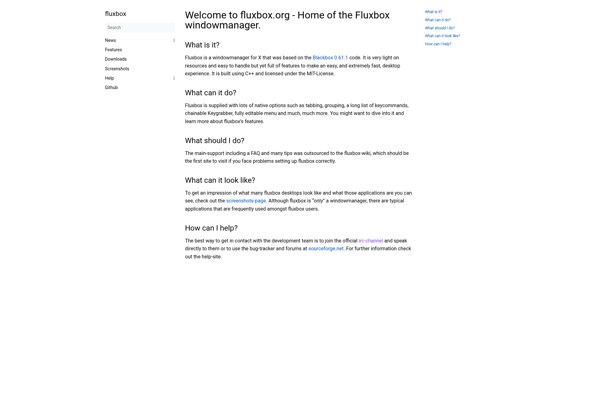JWM
JWM is a lightweight window manager for the X11 windowing system. It is fast, very small, and highly configurable. It comes with a simple panel and menu system and works well for resource-constrained environments.
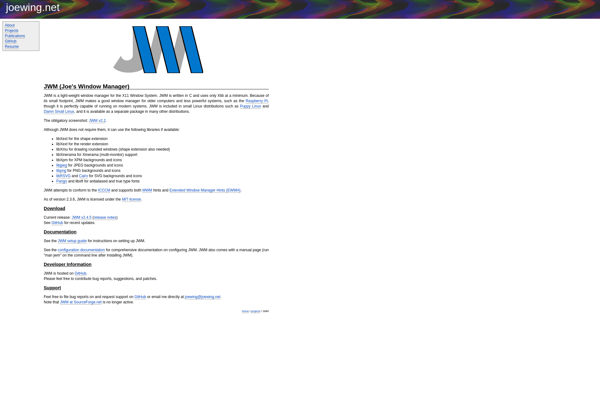
JWM: Lightweight Window Manager
A fast, small, and highly configurable window manager for the X11 system with a simple panel and menu system, ideal for resource-constrained environments.
What is JWM?
JWM (Joe's Window Manager) is a lightweight and customizable window manager for the X11 windowing system. It is written in C and aims to be fast, small, and unintrusive. Some key features and characteristics of JWM include:
- Small memory and CPU footprint, making it well-suited for older or embedded hardware
- Highly customizable appearance and behavior through editing text-based configuration files
- Built-in support for desktop icons, wallpaper, and basic taskbar/system tray functionality
- Support for multiple virtual desktops
- Simple built-in application menu accessed by right-clicking the desktop
- Optional XML-based menu system for advanced menu functionality
- Integration with various Debian standards for well-behaved X11 window managers
- Support for simple window decorations like borders, titlebars, and icons
- Flexible key/mouse bindings for controlling window behavior
JWM aims to provide a simple, out-of-the-box window manager experience requiring very little configuration, while also allowing advanced customization for power users. Its lean resource usage makes it well-suited for older hardware or embedded systems where a full desktop environment would be too heavyweight.
JWM Features
Features
- Lightweight and fast
- Small memory footprint
- Highly configurable
- Simple panel and menu system
- Supports multiple workspaces
- Theme support
- Keyboard shortcuts
Pricing
- Open Source
- Free
Pros
Very fast and responsive
Low resource usage
Highly customizable
Good for older or low-powered hardware
Actively developed and maintained
Cons
Less features than full desktop environments
Manual configuration required
Less intuitive than beginner-friendly WMs
Limited theme support compared to others
Official Links
Reviews & Ratings
Login to ReviewThe Best JWM Alternatives
Top Os & Utilities and Window Managers and other similar apps like JWM
I3
i3 is a dynamic tiling window manager designed for Linux and BSD operating systems. Unlike stacked or floating window managers, i3 uses a layout system that divides the screen into adjustable tiles to display application windows.Some key features of i3 include:Tree-style container-based window management - windows are arranged in containers...
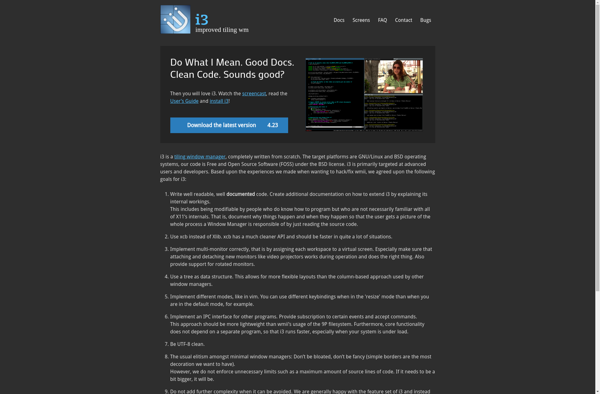
Sway
Sway is a digital storytelling app developed by Microsoft as part of the Microsoft Office family of products. It allows users to create interactive reports, presentations, personal stories, newsletters, training modules and more using a simple drag and drop interface.One of the key features of Sway is its built-in design...
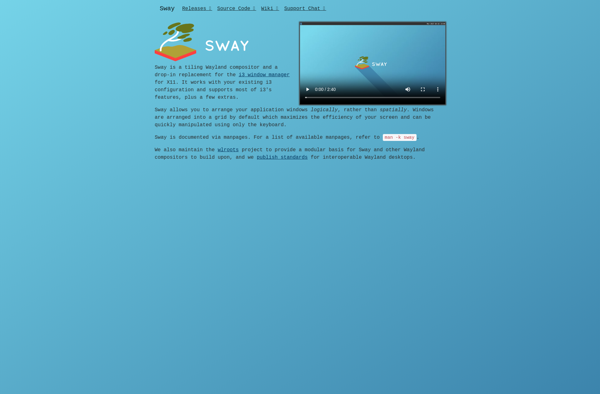
Hyprland
Hyprland is a fast, lightweight and customizable Wayland compositor geared towards power users. It features dynamic tiling, allowing windows to be arranged efficiently while also supporting floating and fullscreen modes. Configuration is done mainly through YAML files, providing fine-grained control over most aspects of the compositor.Some key features of Hyprland...
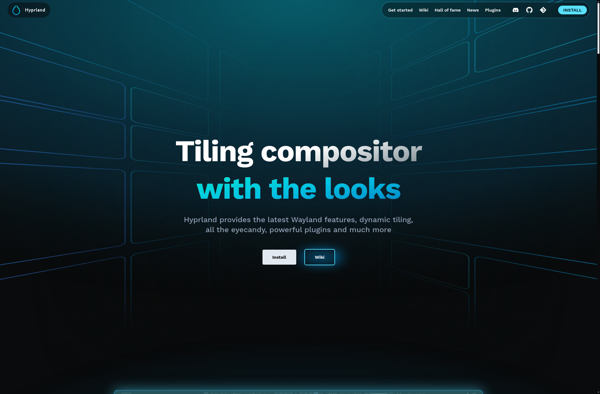
Openbox
Openbox is a stacking window manager for the X Window System, derived from Blackbox 0.65.1. It is written in C and licensed under the GNU General Public License.Here are some key features of Openbox:Highly configurable - Openbox allows extensive customization of window decorations, menus, keybindings and more through XML configuration...
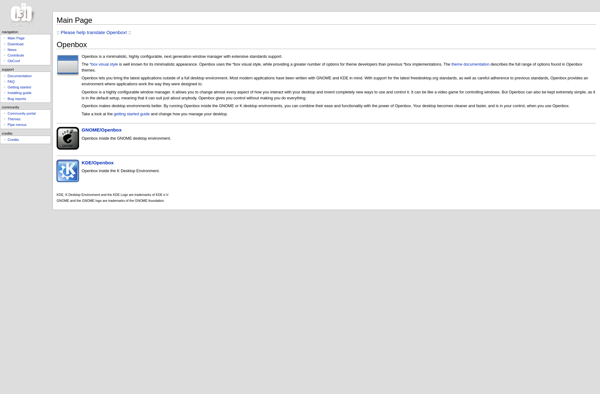
Xmonad
Xmonad is a highly configurable and customizable tiling window manager for Linux and other Unix-like operating systems. It is written and configured in Haskell, which allows advanced users to easily modify and extend its functionality.Some of the key features of Xmonad include:Dynamic tiling - It automatically arranges windows in a...
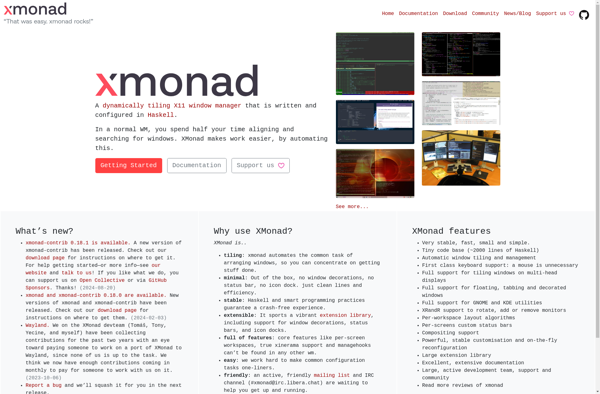
Bspwm
bspwm is a tiling window manager for Linux that represents windows as leaves in a full binary tree. It features multi-monitor support, per-monitor workspaces, gaps between windows, custom keyboard and mouse bindings, and external configuration and control via bspc.Some key features of bspwm include:Window tiling and automatic space allocation based...
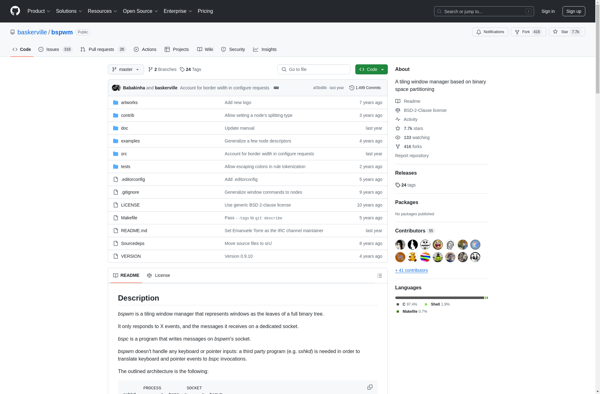
Flwm
flwm (Fast Light Window Manager) is a stacking window manager for the X Window System. It provides a simple, lightweight, and customizable environment well-suited for low-resource systems.Some key features of flwm include:Fully customizable keybindings for controlling windows and moreSupport for multiple monitorsBuilt-in compositing for transparency and fade effectsLow memory and...
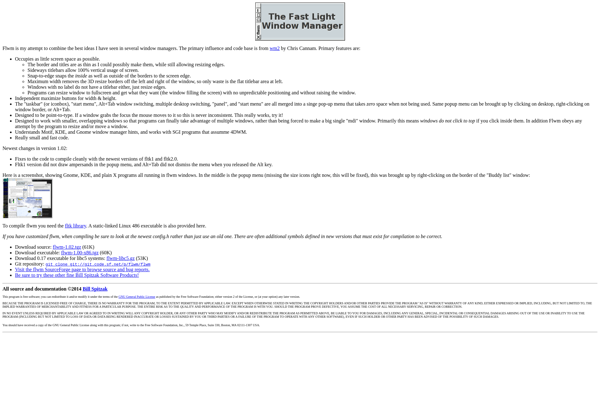
Qtile
Qtile is a dynamic tiling window manager for Linux that is designed to be simple, lightweight, and extensible. It is written in Python and uses OpenGL for rendering. Some key features of Qtile include:Customizable layouts and workflows - Qtile supports floating, monocle, max, grid, spiral, and other layouts. You can...
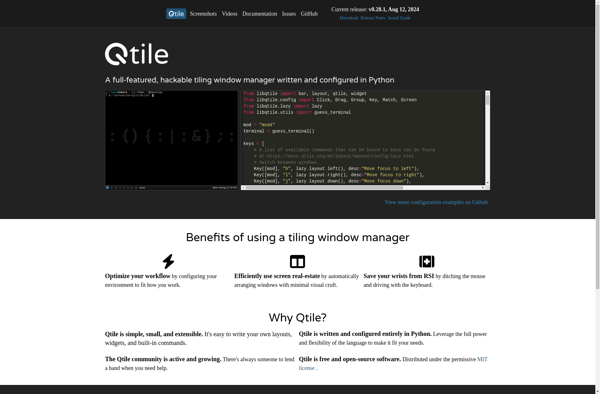
I3-gaps
i3-gaps is a fork of the popular i3 tiling window manager for Linux and BSD systems. It builds on i3 by adding one major feature - the ability to add gaps or spaces between window tiles.Some of the key features of i3-gaps include:Gaps between window tiles for aesthetics and functionalityDynamic...
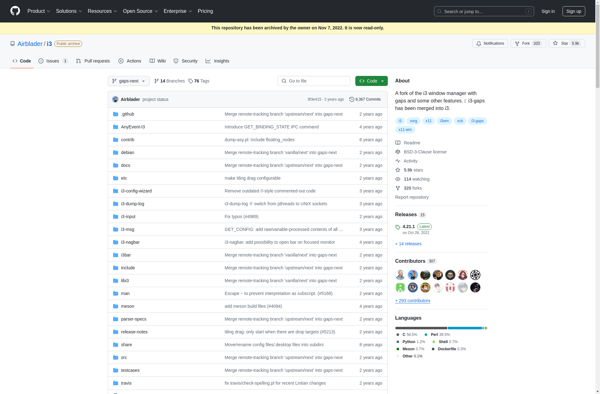
Fluxbox
Fluxbox is a lightweight and highly customizable open source window manager for the X Window System on Linux. It aims to be fast, lightweight, and stay out of the user's way so they can focus on their applications.Some key features of Fluxbox include:Minimal system resource usage for good performance on...
